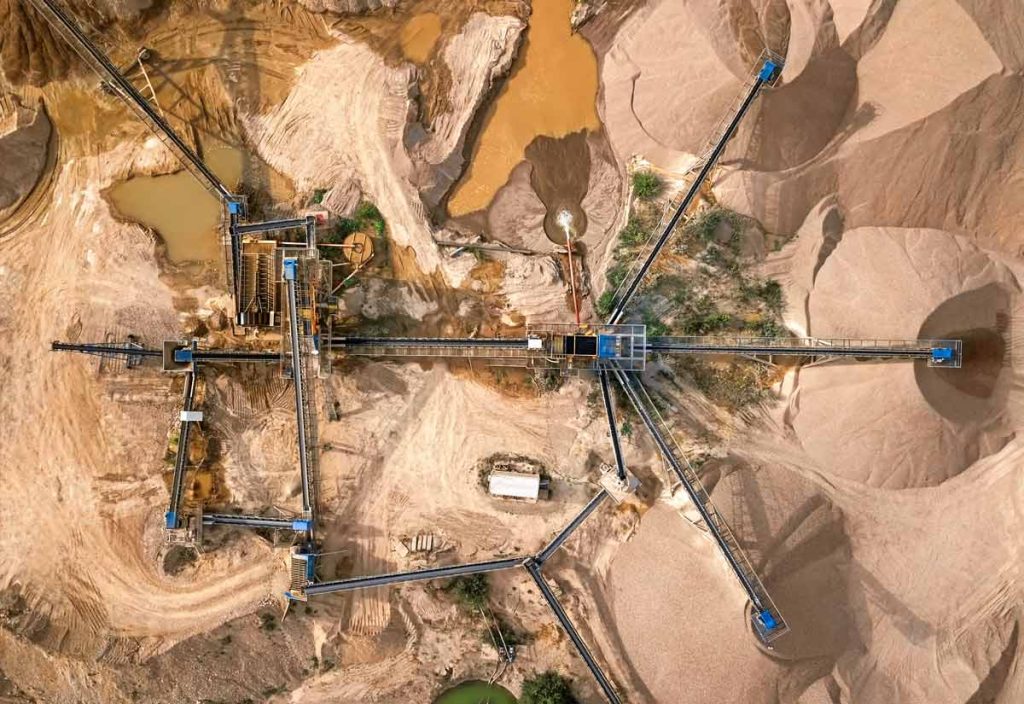47% of Construction Industry Experts Predict 60% of Future Construction Projects to Go Green
At Resource Erectors, we’ve devoted quite a bit of our blog space recently to tracking the “green” trends which we see emerging as the dominant market force impacting so many industries.
A November 2018 article at Construction Dive confirms the green wave is just getting underway, according to the latest global statistics from a recent Dodge Data and Analytics survey of 2,000 construction industry professionals covering 86 countries.
In fact, the green wave is gathering even more significant momentum in the US, with experts here predicting an increase of green projects from 32% to 45%. Worldwide, new commercial construction and new institutional construction were the leading green project categories.
Below, we’ll take a look at one of the most rigorous third-party green building certification programs to examine the impact of the green wave in the construction materials sector.
Construction Materials For Living Building Challenge (LBC) Projects
For the builders who choose third-party green certification, sustainability and environmental impact will play key roles in construction material selection.
To meet green building standards imposed by outside certifiers such as the Living Building Challenge, endorsed material standards can be quite far-reaching. As the LBC states on their website the, materials policy is “Endorsing products that are safe for all species through time.” The intent of the “Materials Petal” of the 7 Petal (category) of the Living Building Challenge is “to help create a materials economy that is non-toxic, ecologically restorative, transparent, and socially equitable.”
The LBC is among the most rigorous of green building certification programs and publishes a rather notorious “red list” of construction materials banned from green buildings.
While we can reasonably expect to see known hazardous materials such as asbestos, lead, and mercury on the list, there are some surprises, including PVC, neoprene, and HFRs, halogenated flame retardants. All wood used must be certified to Forest Stewardship Council labeling standards, and third-party certification is required for all raw materials including:
- stone and rock
- metal
- minerals
- timber
This means material procurement will go well beyond price considerations for green construction material managers who will need to verify “certified standards for sustainable resource extraction and fair labor practices” have been advocated for by the project creators.
There are also stringent “Living Economy Sourcing” restrictions. Just 25% of materials can come from any location. Twenty percent of total project materials must come from within 500 km of the site, 30% from within a 1000 km range, and an additional 25% from within 5,000 km. A Net Positive Waste parameter requires “All projects must feature at least one salvaged material per 500 square meters of gross building area.”
The complexity of such rigorous construction materials compliance may explain why the remaining 63% of industry experts will still take advantage of the surge in green building projects. They’ll just do it independently of any third-party certification while complying with existing environmental regulations and satisfying specific client demands.
About Resource Erectors
We’re happy to take the opportunity to keep you up to speed with the latest news from industries and commercial sectors across the board. We have jobs available for qualified professionals in construction materials, construction equipment and sales, construction aggregates production and more.
Our is to connect the best companies in North America with the qualified professional talent they need to succeed in today’s highly competitive industrial business environment. We specialize in recruiting for the civil construction, mining, manufacturing, and engineering sectors and we have positions diversely located all across North America.
When you’re ready to make a career move or build your next professional dream team, don’t hesitate to contact us.








